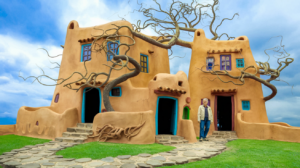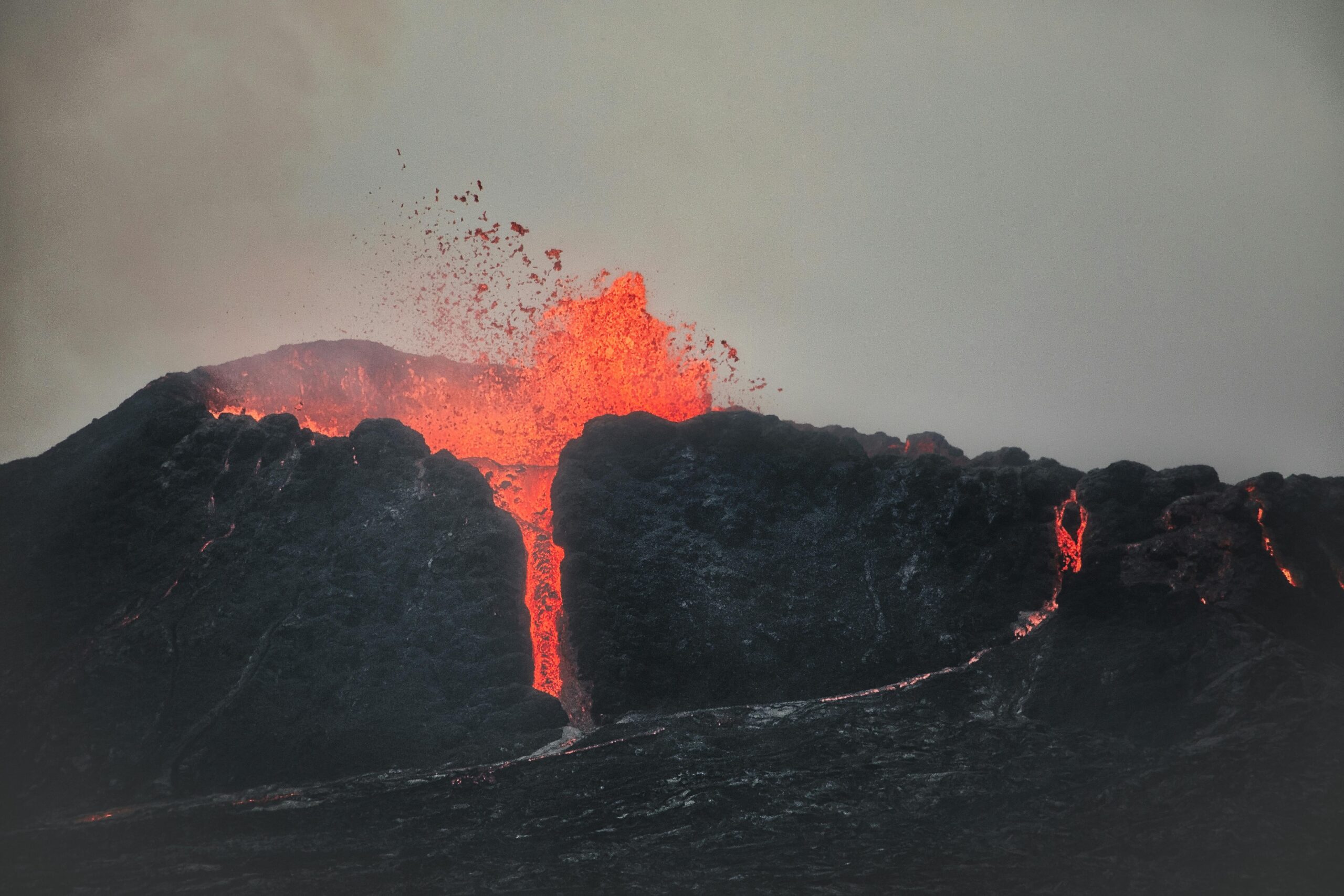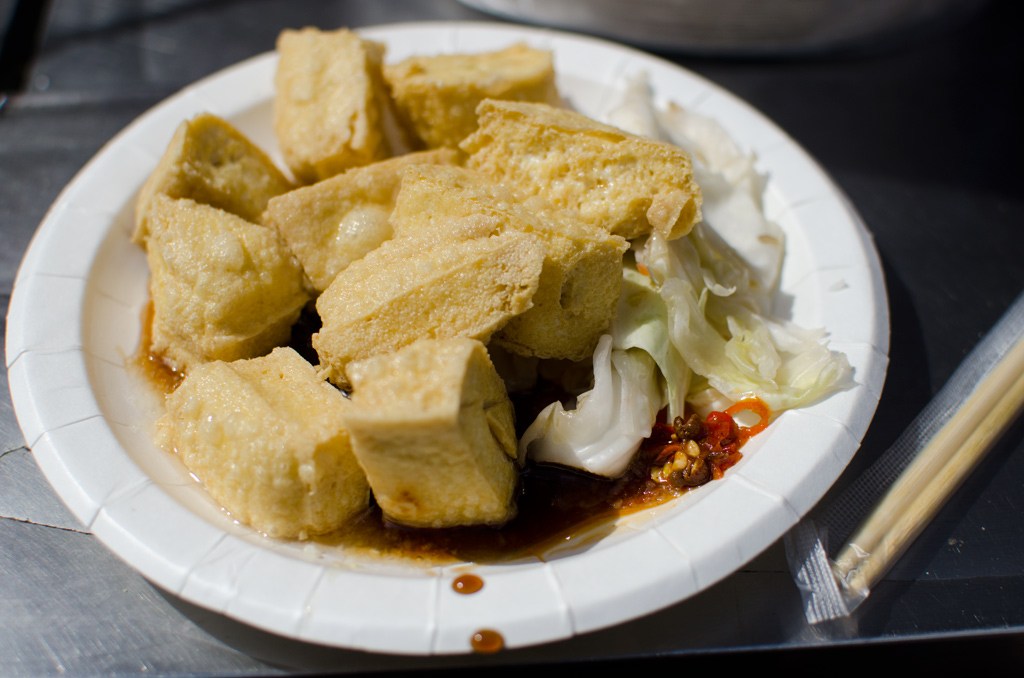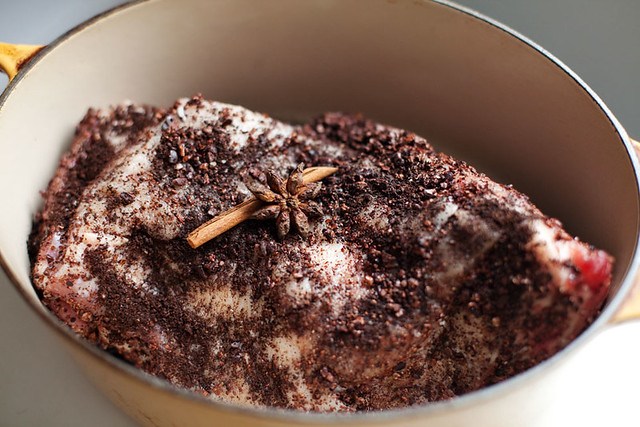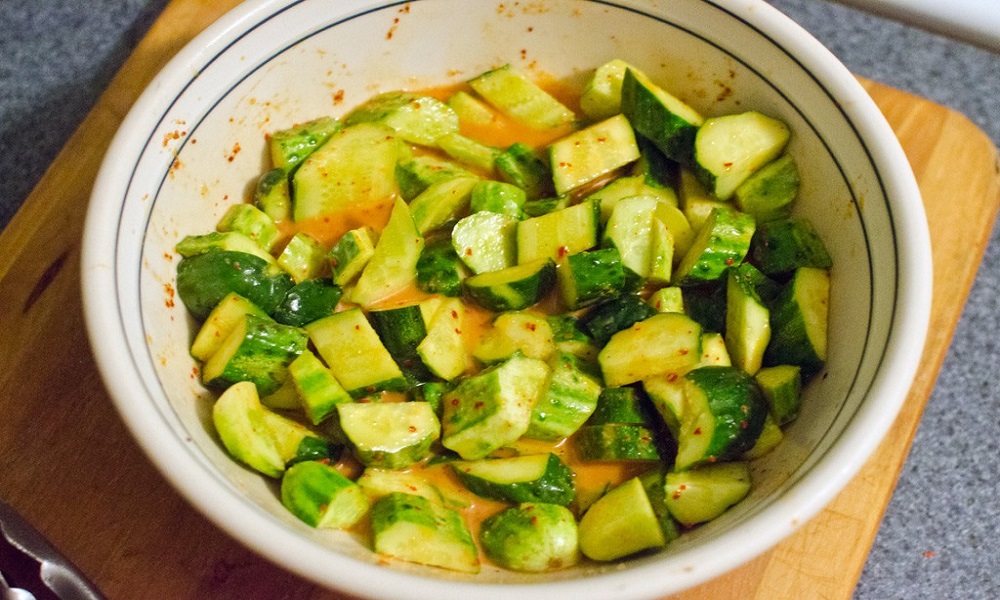Foraging for wild edible mushrooms has become a popular activity for many outdoor enthusiasts. This article explores 14 wild edible mushrooms that can be found during the fall months, particularly in eastern North America. Each mushroom is unique, offering different flavors and potential health benefits, making them a delightful addition to any forager’s basket.
14. Hen Of The Woods

Hen of the Woods, also known as Maitake, is a favorite among mushroom hunters. This mushroom has a unique leaf-like appearance and is often found at the base of oak trees. Its flavor is rich and meaty, making it a great addition to various dishes. Moreover, it has impressive medicinal properties, particularly in boosting the immune system.
13. Chicken Of The Woods

Chicken of the Woods is easily recognizable and has a texture similar to chicken when cooked. This vibrant orange mushroom grows in clusters on decaying wood and can be found from late spring to mid-autumn. Its bright color and unique flavor make it a sought-after find for foragers. However, some people may not tolerate it well, so it’s best to start small.
12. Yellow Foot Chanterelle
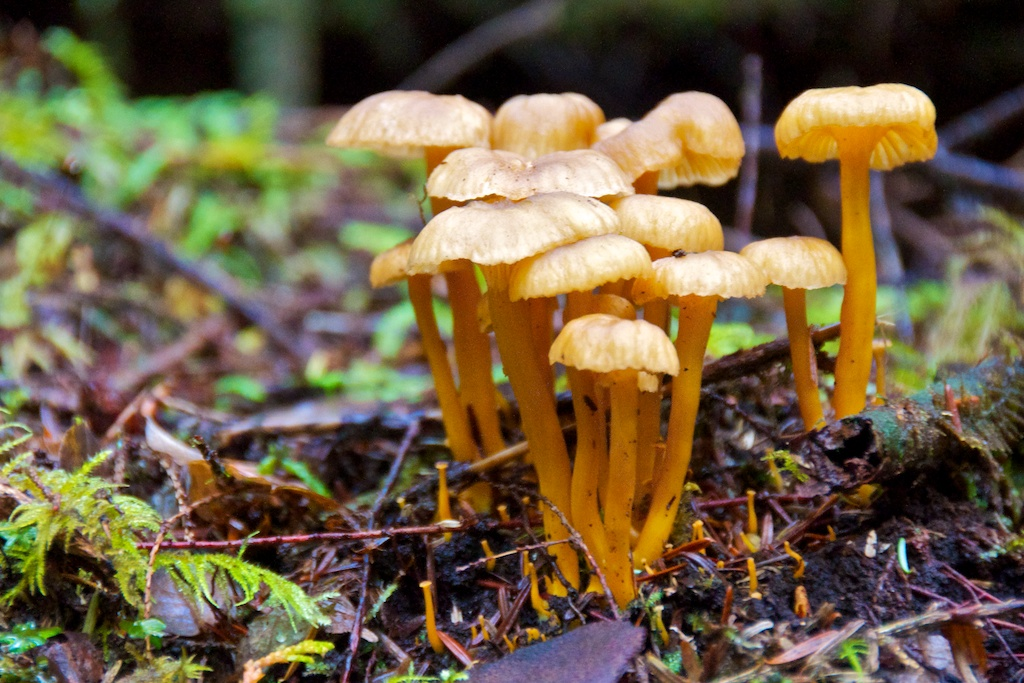
The Yellow Foot Chanterelle is a smaller mushroom that can be found in wet conifer forests. Its cap is yellowish-brown, and it features a distinctive vein-like ridge on the underside. This mushroom is often confused with other species but is a delicious addition to any meal. It typically grows in mossy areas, making it a delightful find during autumn.
11. Hedgehog Mushroom
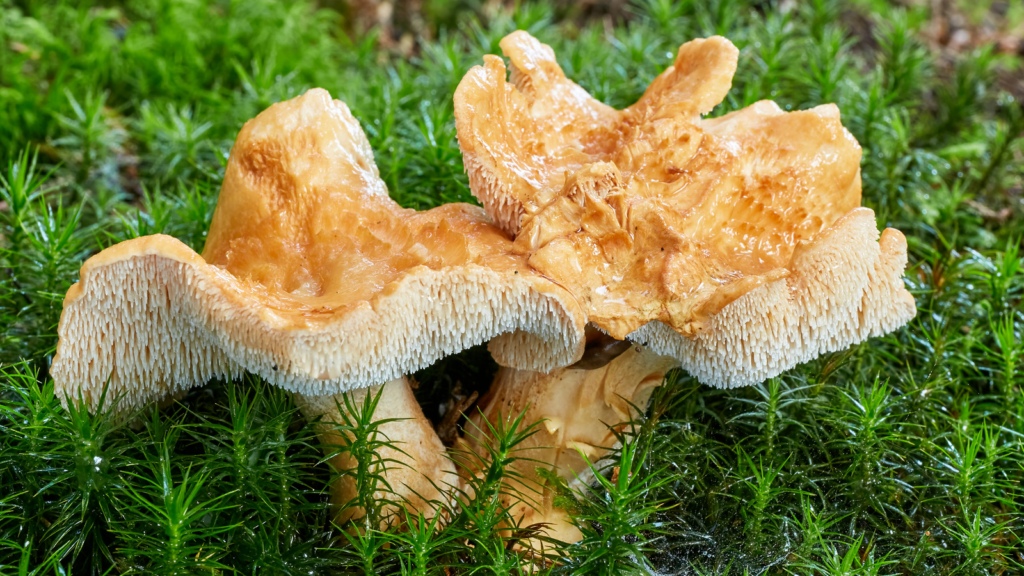
Hedgehog mushrooms are known for their unique spiny undersides instead of gills. They grow from the ground under hardwood and conifer trees. Their flavor is nutty and sweet, making them a favorite among many foragers. The Hedgehog mushroom is a medium to large-sized fungus, and its distinctive appearance makes it easy to identify.
10. Lion’s Mane

Lion’s Mane is a unique mushroom that resembles a fluffy white pom-pom. It grows on hardwood trees and is known for its potential cognitive benefits. When cooked, it has a seafood-like flavor and a tender texture. This mushroom is not only delicious but also offers various health benefits, making it a popular choice among foragers.
9. Bear’s Head Tooth

Bear’s Head Tooth is similar to Lion’s Mane but has multiple branches. This mushroom is also edible and has a soft texture. It grows on decaying wood and is often found in the same areas as Lion’s Mane. Its unique appearance and flavor make it a great addition to any forager’s collection.
8. Comb Tooth

Comb Tooth, or Coral Tooth, is another member of the Hericium family. It features small, tooth-like spines and grows on wood. This mushroom is less common but offers a similar flavor profile to Lion’s Mane. Its unique appearance makes it a fascinating find for mushroom enthusiasts.
7. Puffballs
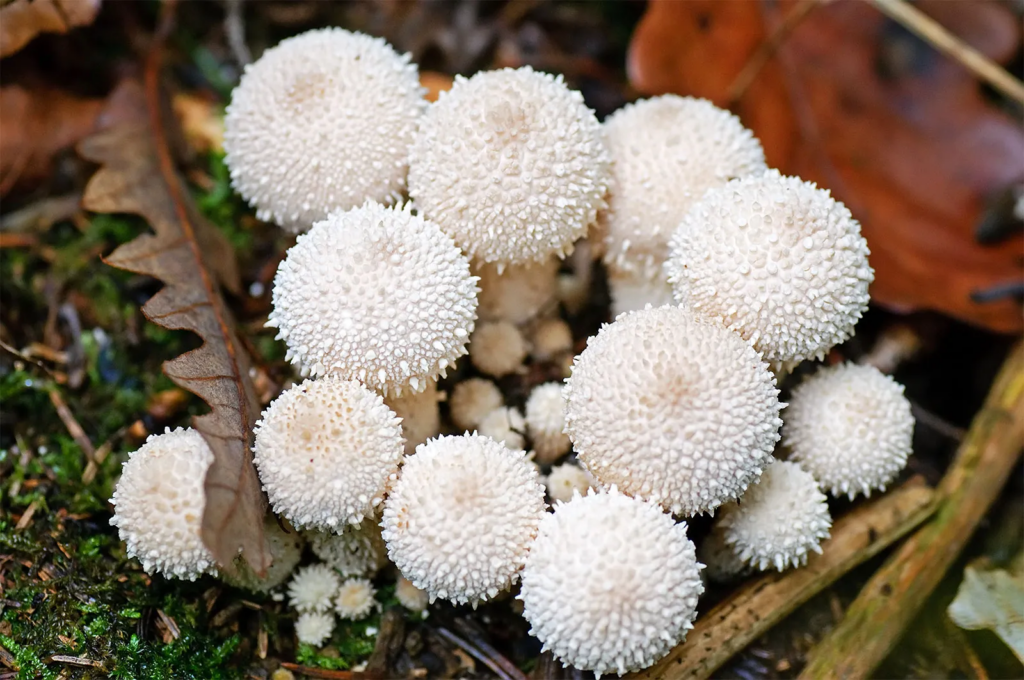
Puffballs are unique fungi that produce spores internally. They come in various sizes, with the Giant Puffball being the most notable. When young, they are pure white and soft, making them a delicious treat. However, it’s essential to ensure they are not overripe or contain developing mushrooms inside.
6. Gem Studded Puffball

The Gem Studded Puffball is smaller than the Giant Puffball and is covered in spines. It is typically found on the ground rather than on wood. This mushroom is also edible when young and pure white inside. It’s a delightful find for those exploring woodland paths during autumn.
5. Pear-Shaped Puffball

The Pear-Shaped Puffball is similar to the Gem Studded Puffball but is usually darker in color. It grows in clusters and has a unique shape. Like other puffballs, it should be cut open to ensure it is pure white inside before consumption. This mushroom is often found on logs and stumps, making it easy to spot.
4. Blewitt Mushroom

The Blewitt Mushroom is a bit trickier to identify but is worth the effort. It has a lilac to lavender color and grows in mixed woods. This mushroom is known for its unique flavor and is often found in leaf litter. Proper identification is crucial, so consulting guides or experts is recommended.
3. Honey Mushroom

Honey Mushrooms are prolific in autumn and can be found in clusters. They have a distinctive yellowish-brown cap and are known for their unique flavor. However, some people may not tolerate them well, so it’s best to start small. They can be found at the base of trees and in various woodland settings.
2. Ringless Honey Mushroom

The Ringless Honey Mushroom is similar to the classic honey mushroom but lacks a ring on its stem. It is commonly found in yards and open spaces. This mushroom is typically darker in color and should be carefully identified to avoid confusion with toxic species. Cooking them well is essential for safe consumption.
1. Aborted Entoloma
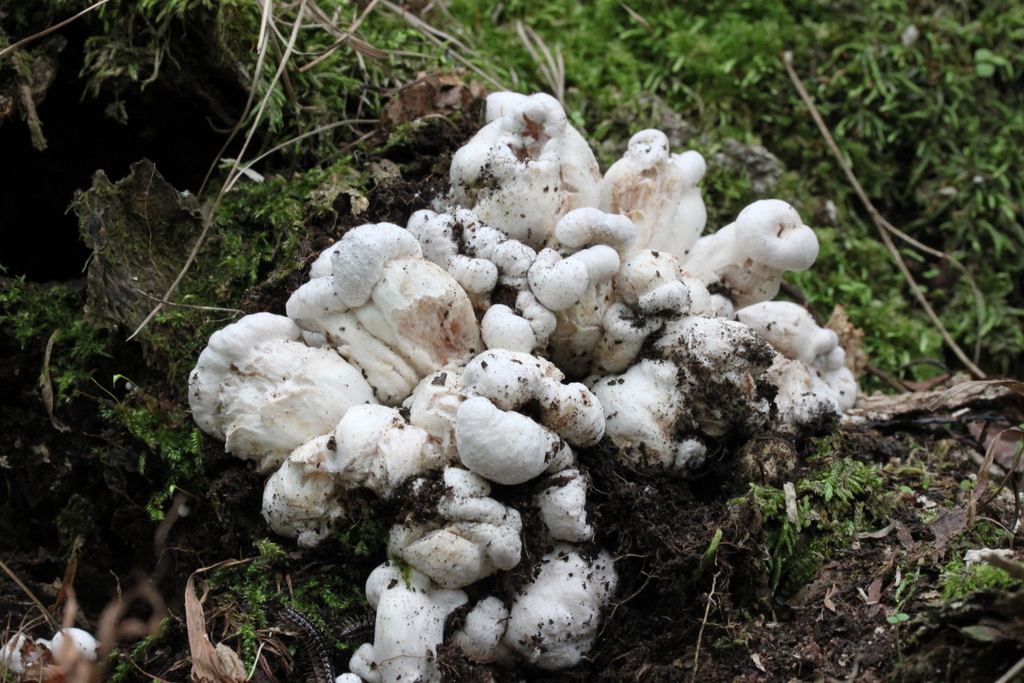
Aborted Entoloma is a unique fungus that parasitizes honey mushrooms. It has a spongy appearance and is typically found near decaying wood. While the original honey mushrooms are edible, the aborted versions are not recommended for consumption due to their resemblance to toxic species. However, they are an interesting find for foragers.






